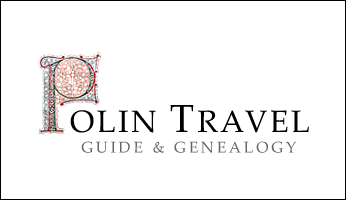News from Galicia
From T4 through Action Reinhardt to Risiera di San Sabba
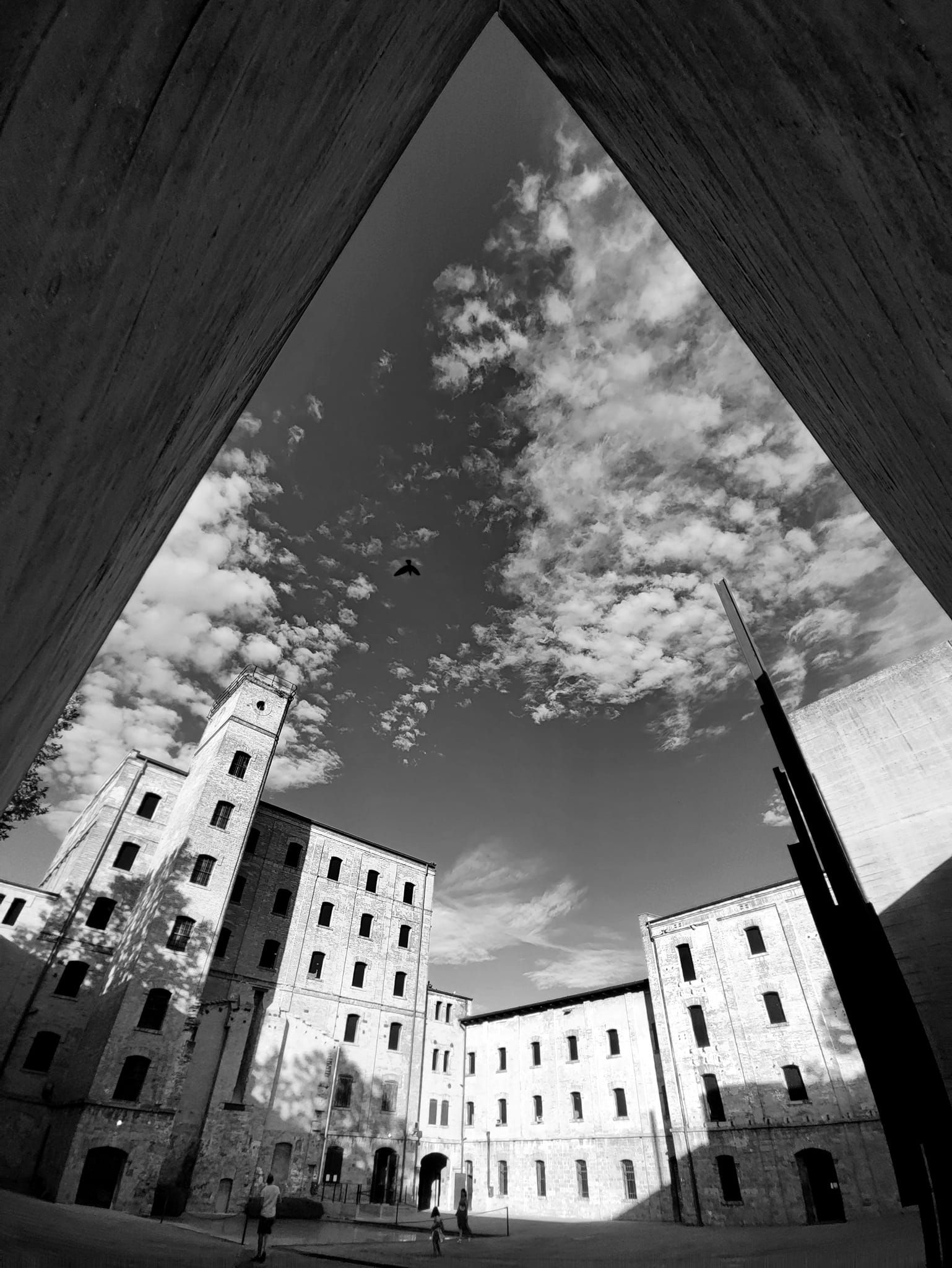
RISIERA DI SAN SABBA
79 years ago the sites of mass murder within Action Reinhardt were gradually being closed and taken apart. Belzec, Sobibor, and Treblinka death camps finished what they were created for, the mass murder of Jewish communities. The German perpetrators in the late summer of 1943 were dismantling the primitive camp's structures to deny those ever existed and recoin this denial into silence and after-war impunity. In such circumstances, the revolts of Sondercommandos in Treblinka and Sobibor erupted.
At the same time, the perpetrators were looking for a convenient place to escape and continue their terror and death-marked operations. Many of the German and Austrian stuff started on this path in the 1930s when the German system of euthanasia was created. They supervised, perfected, and often invented new methods of murder and denial. People like Christian Wirth, Josef Oberhauser, Franz Stangl, Kurt Franz, Erwin Lambert, Gustav Wagner, and Odilo Globocnik started with the murder of individuals qualified as “life unworthy of living” in the light of German Nazi laws. Then their experience was turned against political and social groups indicated as enemies by the German-Nazi state ideology. Once they were deployed in occupied Poland from 1939 to 1943 they built and conducted an industrial-scale system of the genocide of local and European Jewish communities.
Action Reinhardt lasted from the early spring of 1942 till the fall of 1943 and took the lives of 1,7 million Jews of which 1,5 million were murdered in the gas chambers of Treblinka, Sobibor, or Belzec.
For the executioners late 1943 meant relocation to Triest and its the San Sabba district. They started to convert a former rice-husking company into a Polizeihaftlager – Police Prisoners Camp – the camp was taking a well-known shape of a German Concentration Camp and was known under the name of Risiera di San Sabba.
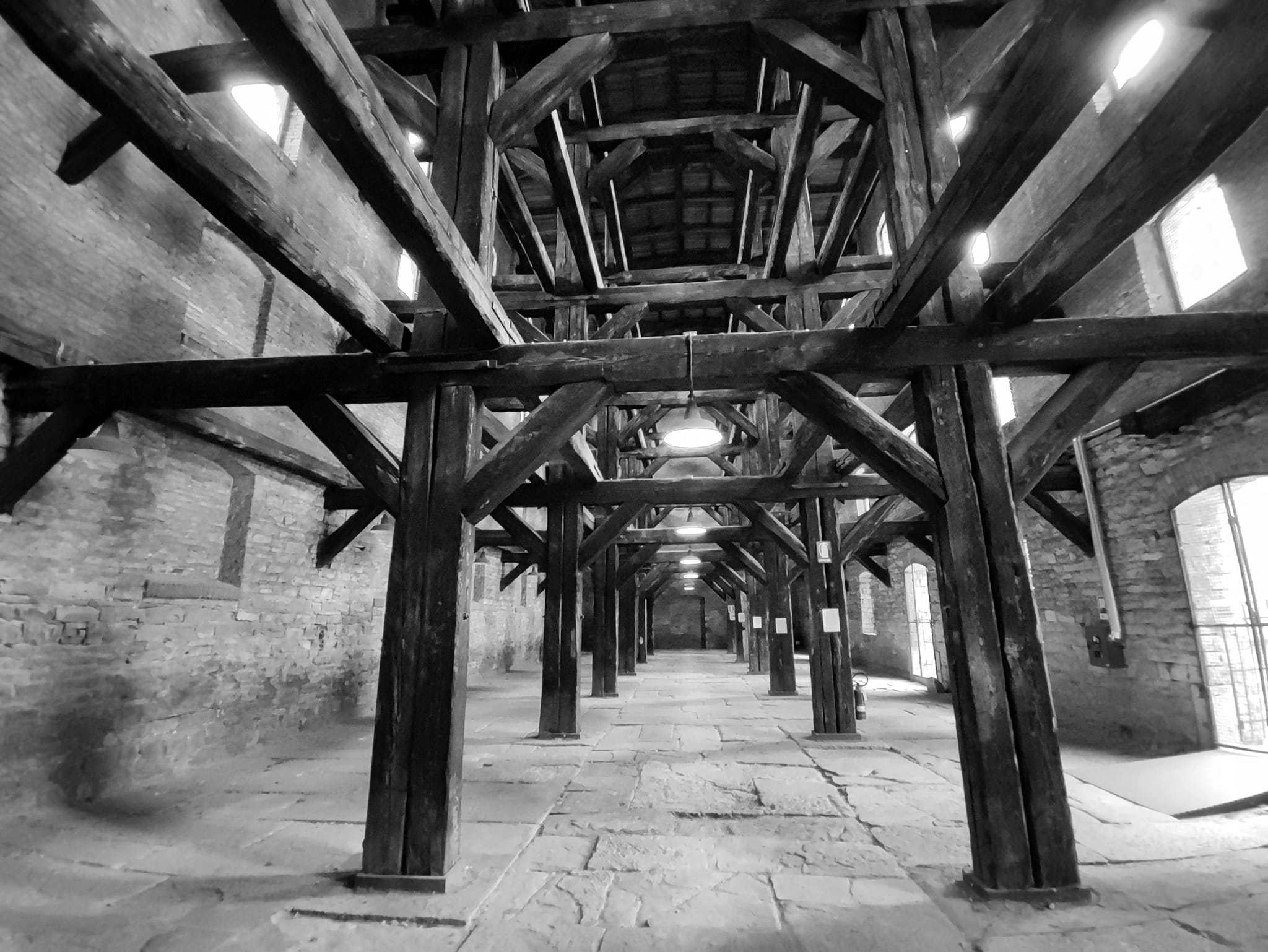
The major tasks for the perpetrators were to establish a camp facility to terrorize the local population in the German occupation province of Adriatic Littoral, to subdue and force into cooperation Italian servicemen, to conduct anti-Yugoslav partisan operations in the region, and deport the local Jewish communities.
Erwin Lambert redesigned the boiler room of the facility into a makeshift crematorium and this space, centrally in the complex became a site of regular night executions.
There were at least 3000 people murdered at the site with their ashes dumped into the San Sabba harbor. There were thousands of Jews deported thorough the Risiera Camp into Auschwitz-Birkenau, Dachau, Mauthausen, Buchenwald or Ravensbruck.
Josef Oberhauser was the Risiera di San Sabba commandant. After the war, he was arrested in the Soviet Occupation zone and served 8 years in prison. In the 1963-64 Belzec trial in Munich, he was sentenced to 4,5 years in prison while 7 of the defendants and his genocide aides were acquitted. He served only 2 years and was released.
Oberhauser was sentenced to life imprisonment in absentia for his crimes committed in Italy, but the Italian extradition request failed multiple times. Oberhauser died on 22 November 1979 in Munich.
How to apologize without apologizing? Antisemitism in Russia and the number of Holocaust victims.
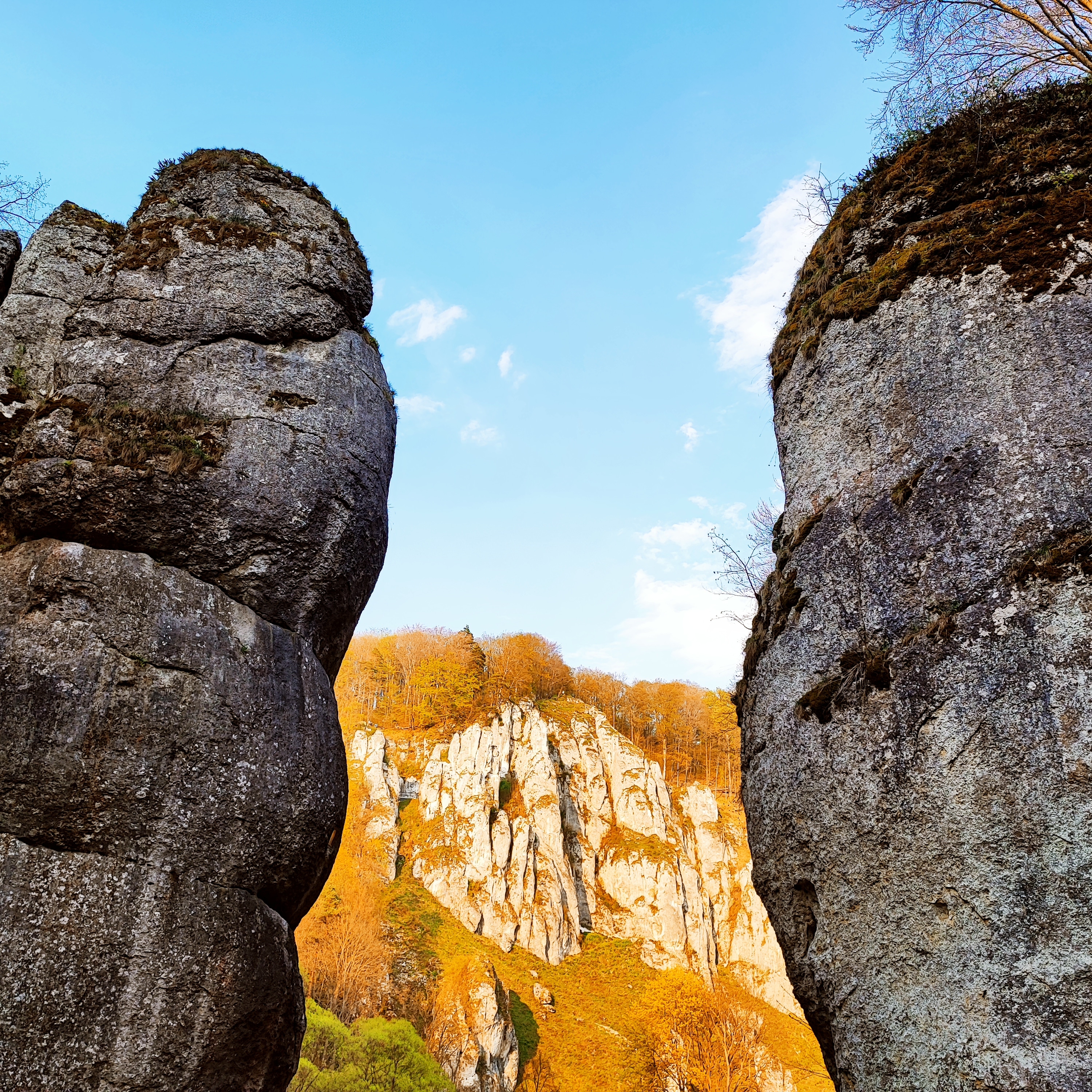
Can apology become hybrid warfare at the front of the politics of memory?
Have 40 % of the USSR Jews become the victims of the Holocaust?
President Putin apologized to PM Bennett in a way so that there is no trace of such an apology in the Kremlin or Russian news outlets. They mention the Israeli Independence Day phone call by Putin but as of May 6th deny any apology. The Russian FM Lavrov’s antisemitic remarks on May 1st were an element of the Russian internal policy to consolidate the Russians along the lines of antisemitism and divert their attention from the political and economic misery of their leadership. It was always working in Russia.
In the XX century, it started when the Tsarist Okhrana published Protocols of the Elders of Zion in 1903. Those led to pogroms.
Stalin’s revolutionary obsession to differentiate between the “Jewish faction” and the “true Russian faction in Bolshevism” led to the 1936 Trotsky faction purges.
The murder of Solomon Mikhoels in January 1948 was Stalin’s way to silence the truth about the Holocaust narrative in separation from Soviet citizens’ losses and to temper the surviving Jewish community.
From December 1948 the USSR started the campaign against” rootless cosmopolitans” while at the same time banning emigration so that to torture its Jewish citizens some more.
From 1951 to 1953 the Kremlin doctors’ plot was investigated as the last Stalin’s sponsored antisemitic campaigns.
A wave of USSR antisemitism under Brezhnev followed the Israeli victory in Six-Day War in 1967.
Antisemitism was historically used as a political tool to divert the possible rage of the people from the authorities into the Russian Jewish community.
Putin in his phone conversation with PM Bennett was mostly interested in capitalizing on the Russian politics of memory in his run-up to the May 9th victory day in Red Square. Only in 2017 the Israeli Knesset established May 9th as the Victory in Europe Day to be formally celebrated. This goes against the entire western allied tradition of celebrating May 8th as the end of WW II. It happened around the same time when Moshe Kantor started to mingle into the historical narrative in Israel, to the level that on January 27th, 2020, the Yad Vashem narrative became his victim. The Israeli lawmakers willingly accepted May 9th, but I do hope they are not going to trade September 1st, 1939, for Russia celebrated June 22nd, 1941, as the WW II beginning date.
In his phone call, Putin played on emotions and adhered to common Jewish – Soviet losses during the Holocaust. He mentioned the statistics of 40 % of USSR Jews becoming victims of the Holocaust in his attempt to stress the common Israeli – USSR – Russian suffering.
“Putin recalled that of the six million Jews who died because of Nazi crimes, 40% were citizens of the USSR. The President of the Russian Federation also asked the Prime Minister of Israel to convey wishes of health and prosperity to the veterans of the Great Patriotic War living in his country.” RIA Novosti about the phone call.
This is an old Russian trick to invoke USSR WW II losses and reduce them to the Russian experience. In the past, they had no shame in officially presenting the victims from their 1939 occupied territories of Poland, including local Jews, as the Russian WW II losses. They had no shame to include the Soviet regime victims in the Russian civilian population losses at the hands of the German Nazis.
Two days before the Russian invasion of Ukraine, the Russian State Duma introduced a bill attaching fines and prison sentences to a 2021 law banning “any public attempt to equate the aims and actions of the Soviet Union and Nazi Germany during World War II, as well as to deny the decisive role of the Soviet people in the victory over fascism.” In such a way contemporary Russia attempts to erase the fact that they have started WW II shoulder to shoulder with Nazi Germany in September 1939 based on the Molotov–Ribbentrop Pact. They try to erase the fact of extremely brutal Soviet Russia’s occupation of eastern Poland, nowadays western Ukraine, and Belarus. They try to erase the fact of mass deportations of over 320.000 Polish citizens of which 70.000 were Jewish, 25.000 Ukrainian, and 20.000 Belarusian into Siberia. The Russian filtration camps were used in 1940, as we know them today established for the Mariupol population.
Finally, today’s Russian Duma lawmakers try to deny the fact that Soviet Russia conducted the first genocide during WW II. In the spring of 1940, they conducted the mass murder of 22.000 Polish officers in Katyn, Kharkiv, and Miednoje. Among those, there were seven hundred Polish Jewish officers murdered.
Let us then look at the number invoked by Putin or at least relayed in all the Russian news agencies and newspapers of 40 % of Holocaust victims being USSR citizens.
According to the census of 1926, the total number of Jews in the USSR was 2,672,398—of whom 59% lived in the Ukrainian SSR, 15.2% in the Belorussian SSR, and 22% in the Russian SFSR and 3.8% in other Soviet republics.
Yad Vashem estimates that in 1939 the Soviet Republics and the annexed Baltic States had the number of Jewish populations versus the total population as indicated below. Below each country, I provide the Yad Vashem established number of Jewish victims for each of those USSR incorporated republics.
Ukraine – 1.532.550 Jews making 5 % of the total population
532.000 of the Holocaust victims in Ukraine
Russia – 956.600 Jews making 0,8 % of the total population
70.000 of the Holocaust victims in Russia
Belarus – 375.100 Jews making 6,7 % of the total population
233.000 of the Holocaust victims in Belarus
Estonia – 4500 Jews making 0,4 % of the total population
2000 of the Holocaust victims in Estonia
Latvia – 91.500 Jews making 5 % of the total population
71.500 of the Holocaust victims in Latvia
Lithuania – 168.000 making 7,5 % of the total population
220.000 of the Holocaust victims in Lithuania including the territories of Vilna and the seven districts east of the city incorporated into Lithuania after the partition and occupation of Poland.
For comparison, the total number of Polish Jewry in 1939 was 3.250.000 making 10 % of the total population. A major part of this Jewish population was from September 1939 under the Soviet occupation of eastern Poland and was convinced or coerced to take the USSR citizenship.
From the data above we learn that Russia lost 70.000 of its Jewish population during the Holocaust. Even applying Kremlin’s mathematics and including additional hundreds of thousands of Jewish victims from Eastern Belarus and Ukraine, incorporated into the USSR in 1922, this does not make up 40 % of the total of 6.000.000 Holocaust victims.
Contemporary Russia is in denial of starting WW II by the occupation of Eastern Poland, Estonia, Latvia, and Lithuania. At the same time, Russia includes the victims from those countries into the statistical 40 % of Holocaust victims in USSR creating, a political phone call needed Russian – Israeli brotherhood in suffering. Putin swiftly went from the Lavrov’s Ministry accusation of Israel of supporting Nazis on May 2nd into including Russia through USSR heritage as one of the major Holocaust victims. If the Russian state ideology of the day is incoherent with the facts and laws recently voted in, then too bad for the facts and laws.
As we know statistics describe and distort reality, statistics in history is often a tool of politics of memory, Russian applied statistics in history is a lie and serious history and Holocaust distortion. But it sounds convincing over a political phone call and sells like hot cakes in the brevity of news agencies and social media posts.
Text by Tomasz Cebulski
Life rope for Ukraine – from sprint run into marathon relay race.
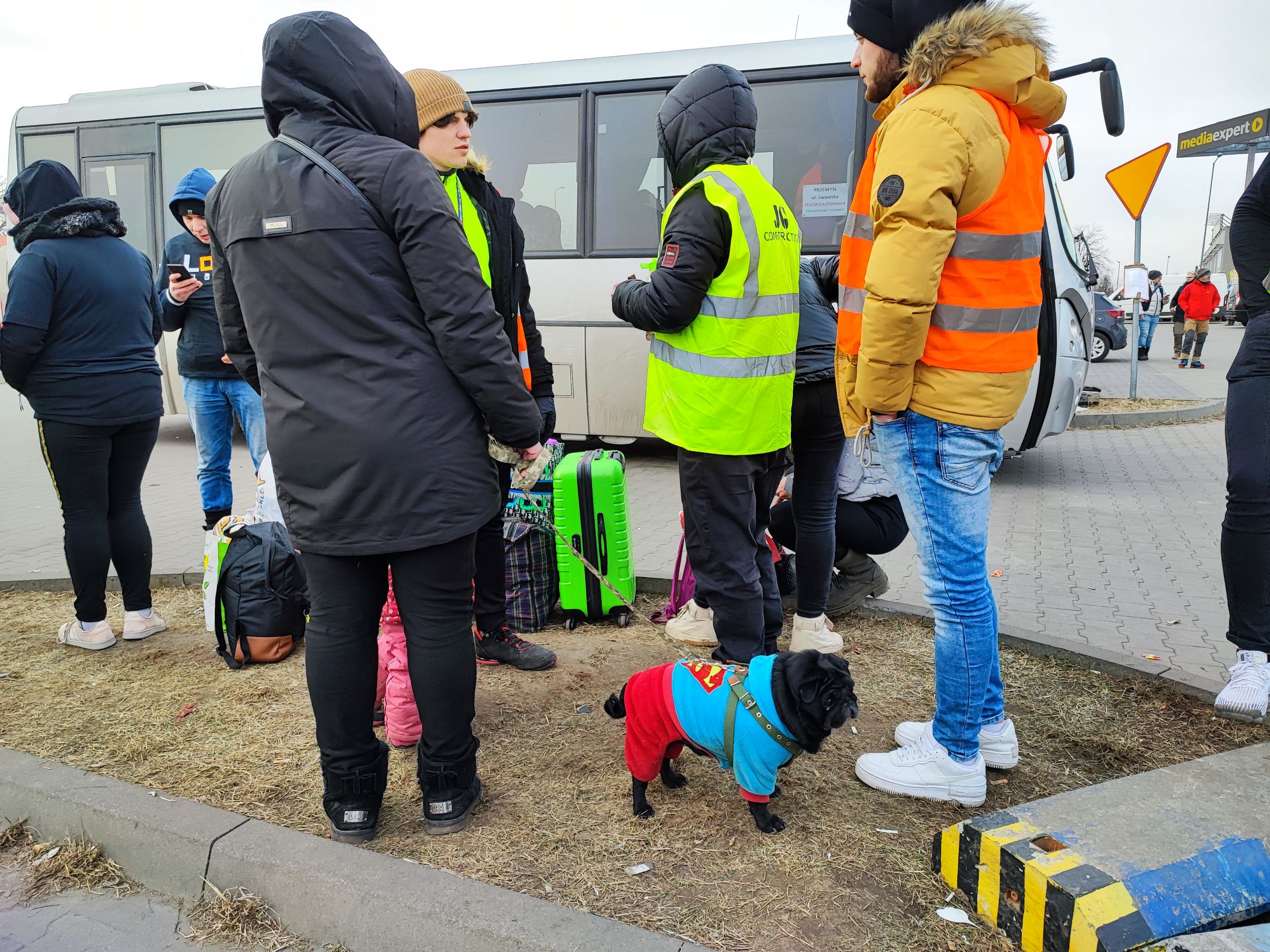
It started with a sprint and goes into a marathon relay race.
What have we learned after a month of the Russian war in Ukraine? Is there something that we didn’t know before?
On February 24th, 2022 everybody seemed to be in the starting blocks. There was no space for the intricacies of a starter pistol. At 05:00 AM Russia gave the signal to run with ballistic missiles fired at Ukrainian airports and heavy artillery shelling at the borders.
Everybody was ready for a sprint which gradually went into a hurdle race then a long marathon becoming now a relay marathon run.
The Polish sprint to the border to assist and support the first waves of refugees caused roads in south-eastern Poland to be displayed in purple on Google maps. Some cars returned empty as the border procedures were slow at first, causing kilometers-long lines of mothers with children waiting in hostile February weather conditions. I remember Tanya from Kyiv who stood for 25 hours tormenting herself with the blame of abandoning the country and exposing her children to the unknown length of the line in front. Or even more unknown on the other side of the border. Soon the volunteer tents were set up along the line of people to provide food and shelter. Victoria—who fled the bombing of the Kharkiv block of flats— when reminded by a young Polish volunteer that smoking kills, instantly fired back that, “bombs kill more.” There was laughter.
COVID-19 restrictions gave way in the light of the humanitarian crisis unfolding. The very same people who only a few months earlier were convinced to consider which family member shall be invited to the Christmas table were now taking total strangers into their cars and homes. The 74 year- old Alksiey from Kyiv, a man who was one of the Chernobyl liquidators asked me a question after 4 hours of driving. “And how about COVID in Poland?” We just gave each other a look and burst into laughter.
The last month was the management of chaos in an attempt to help and learn how to help better.
It has been a busy time when many Poles and people from all over Europe suspended their previous lives to give first-response following an instinct of providing humanitarian aid. To be frank, I think that we provide help also for very selfish and private reasons. The first two days of sitting at home and vehemently scrolling the news were driving me to the point of madness. Going out there and providing help was for me a good way to protect my sanity in the shattered reality around.

The Refugees at crossroads.
Often just after crossing the border being haunted and traumatized by imagery and sounds of war they need to make a life-changing decision about what next. Shall we stay or shall we go? Where to stay and how to go? At this very moment in most cases, they have no idea that boarding a bus from a charity organization from Denmark or Germany instead of waiting at the overcrowded reception center has future implications for them and their children. Many of them are at their weakest, yet the reality is demanding to take sharp and informed decisions about their future.
There is always hope that the war will be short and they shall stay close to return and rebuild. This is mixed with a sense of guilt for abandoning the country in need. The realization that in the future Ukraine needs its civilians alive sinks in very slowly. There is always extreme tiredness, lack of sleep, no luggage, lack of documents, and in most cases crossing the Ukrainian border for the very first time in their lives when their loved ones are still on the other side.
Can you take an informed decision about your future in such a moment of distress?
The moment when you are gasping for a minute of rest to collect thoughts.
What next…?
Last Tuesday, March 29th marked over a month into the war and it was an intensive day of travel logistics for me. After 20 years of working in inbound tourism, I have started to do lots of outbound travel and living arrangements for our Ukrainian sisters and brothers. Transportation, safe home, and rest first. Discussion about alternatives next. Nina runs from Kyiv with her mother and 6 year-old bedridden son. Lydia and Igor run from Kharkiv after 3 weeks of heavy Russian shelling. The amazing chain of people builds a social media life rope to take Lydia and her son to Portugal and Nina with her family to Greece. Tuesday, March 29th was the day of travel.
It is hard to describe how this life rope looks like but let me try
The people of first contact are the volunteers at the border and drivers who, after February 24, often suspended their lives to show up in the first row of help. They open their hearts and extend their hands to prevent the fall into the unknown or at least to make this transition smooth and painless. Some of them enter Ukraine; some stay on the Polish side
Then comes the little army of those who open their homes and apartments to host and give shelter. Often the less they have the more they share. Often they instantly react to despairing FB ads about apartments needed now for a family of 6. Despite midnight arrival, they are ready with a smile, mattresses, and a couple of words in a bit of rusted school Russian. With an apology in their eyes that this is the best, they can give and add some softness to Russian words so that they don’t sound that Russian.
I have met only some of them but adored every minute of our task-oriented conversations.
The first days have shown the moral strength of some institutions and devotion to their founding values. It is not always easy to put those values into action. But it was a matter of one phone call at any time of day or night to hear the very needed, “yes we have space” at MDSM Oświęcim, Centrum Dialogu i Modlitwy in Oświęcim, or the refugee center in Cracow run by Salam Lab, Zustricz Foundation, JCC Cracow and UAinKrakow.pl.
Keyboard warriors
I have been struggling with social media for years promising myself to quit under the next and next algorithm change towards 100 % commercialization and sale of private life content. The last month showed the better face of social media as a logistic tool. A tool that is the first response instinct replaced the state red tape burdened structures. Thousands of fixers started groups like Help for Ukraine or Transport from the Border and combed the forums daily looking for matches. They keep the market of needs and help offers in balance. Mother with a child, driver, number of seats, translator, Polish SIM card, apartment, humanitarian aid, clothing, and work became the magic spell words for people making the matches. Yes, you can help very effectively from behind your computer screen and every next match meant a Ukrainian mother with a child having a place to stay overnight or over a month. It became an addictive game on the screen but with real-life results. It sometimes meant as little as a driver who spend 12 hours from the Korczowa PL-UA border to Berlin returning the next day to hand a birthday gift to 9 years old Alisa from Kharkiv. Alisa was his passenger the day and night before.
At times it meant as much as Viber, FB, What’ Up and Messenger coordinated travel for Lydia and Igor from Russian shelled Saltievka district of Kharkiv into a warm Polish home in Zelkow. The same social media channels with fixers were used two weeks later to take them from Zelkow to Lisboa. I would never expect that one can use social media to make people cross the formal borders with just Ukrainian certificates of birth. The Portuguese Embassy in Warsaw was responsive through Viber and produced travel papers instantly as the Portuguese charity chain run by Diogo Monteiro from Warsaw covered the costs and logistics of the flight.
Nina and Lydia with their families landed in Greece and Portugal last Tuesday and I have made a promise to bring them back into free Ukraine once they and their country are ready to meet again.
Social media works and as every piece of technology becomes its worst or its best in our hands. I have seen social media at its best over the last month or rather I have seen thousands of often anonymous fixers using social media responsively and responsibly to give hope or save lives.
Special thanks to “keyboard warriors” I have met, although I know that they are engaged in every other form of help as well.
Everybody was ready for a sprint which gradually went into a hurdle race then a long marathon becoming now a relay marathon run.
Running has never been my sport and I have major issues with crowds but the last month was a pleasure and honor to participate and observe this mass relay marathon run towards unity and help.
Text by Tomasz Cebulski
11 STAGES app - raising awareness on genocides and Holocaust
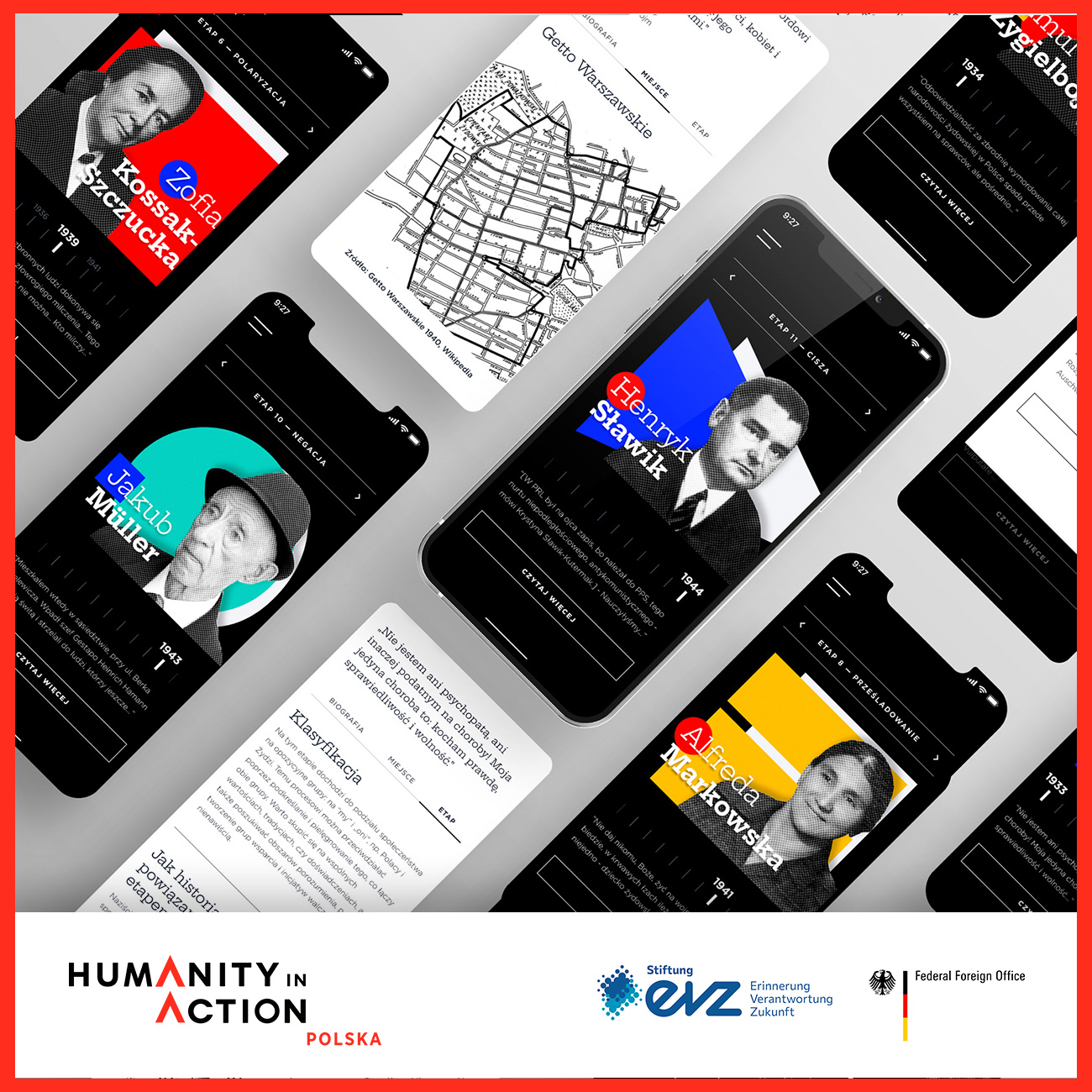
11 STAGES app is ready to be used in school education and planning visits to historical sites.
CEO of Polin Travel is proud to announce to co-author the concept and produce most of the content of the 11 STAGES app. Tomasz Cebulski was also a scientific supervisor of the project.
The app has been developed since 2020 in cooperation with Humanity in Action Polska and Sky Heritage Pictures. The project was supported by the EVZ Foundation.
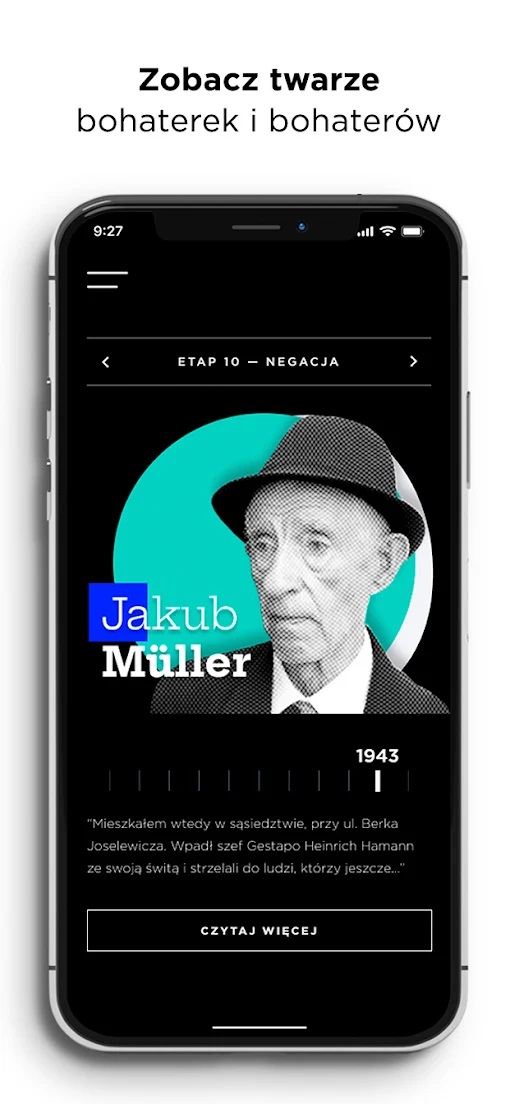
The app presents the theory of 10 socio-political stages leading to genocide by professor Gregory Stanton complemented with 11 th stage proposed by the co-author of the app, Dr. Tomasz Cebulski. The idea to develop the educational app came as a response to the need of raising awareness of genocides among students. The authors were also responding to the lack of coherent and student-accessible materials to prepare and evaluate school visits to the memorial sites of the Holocaust or other genocides of the XX century. The teaching methodology of the app abstracts from overusing numbers, statistics, or an abstract history narrative. The authors focused on the biographies of people who during the Second World War did not remain indifferent, stood up for human rights, opposed violence and injustice. Those characters’ stories are narrated at the historic sites and with an explanation of the next stage in the vicious circle of genocide. The characters depicted are not widely known and the sites are visualized in innovative ways to attract the younger audience. The usage of augmented reality tools engages the students in interaction and offers a better grasp of history as a result.
The app acquired education is to help the students to experience real sites of memory and Museums, evaluate their narrative content as well as to understand the dynamics of contemporary politics.
We believe that 20 minutes devoted to our app in the classroom or on the bus to the Museum will strengthen the message of these places for youth, prepare the ground for the work of an educator and help to process the factually and emotionally difficult material.
Why is the app unique?
It is an education-oriented fusion of:
- new technologies,
- knowledge base of WW II history and human rights,
- lesser-known facts about National Socialism, WW II, and the Holocaust,
- thought-provoking stories about real heroes and heroines,
- new ways of historical narrative
- new visual take on historical sites
You can download the 11 STAGES free app available in three languages: Polish, English, and German:
⇓ Android: Genocide awareness 11 STAGES APP Download for Android
⇓ iOS: Genocide awareness 11 STAGES APP Download for iOS

A Taste of Jewish Genealogy: Journey with a Polish Scholar - Tomasz Cebulski Ph.D.
Tomasz Cebulski Ph.D., the man behind Polin Travel and Heritage Sky Pictures, has spent the last 20 years perfecting his knowledge on archival resources in Poland and Central Europe. He will be joining us live from Krakow to present this introductory program on why, when, and how to conduct genealogy research. Tomasz will share his favorite online resources before demonstrating how he combines research, maps, photo, video and drone documentation into short documentary films. Together, we will take a virtual visit to Częstochowa, once a vibrant center of Jewish life. Tomasz is our scholar-in-residence during our Jewish Journeys to Eastern Europe – but no plane ticket is needed for this virtual program.
https://www.circle.org/cultural-events/a-taste-of-jewish-genealogy-journey-with-a-polish-scholar
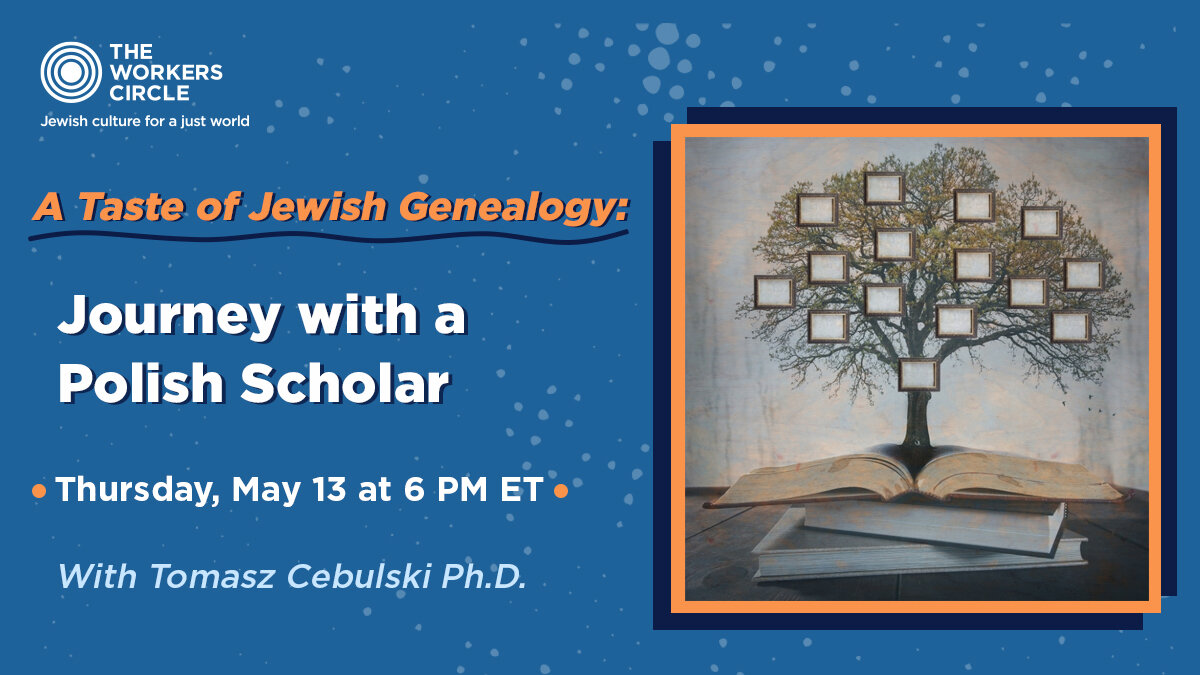
Page 1 of 7
